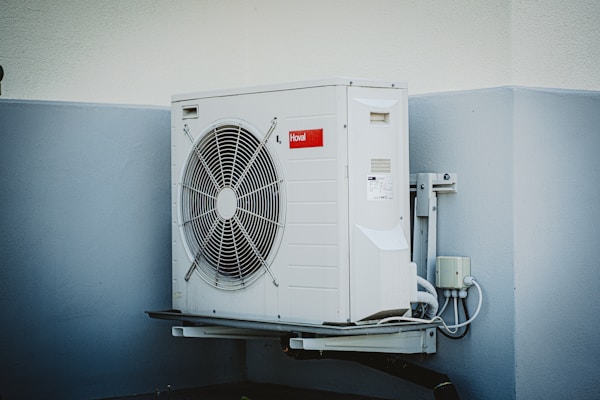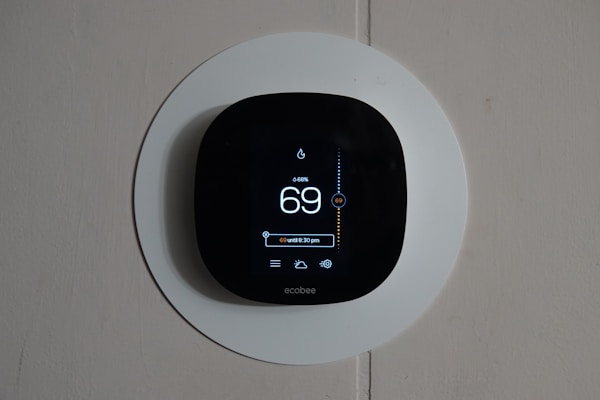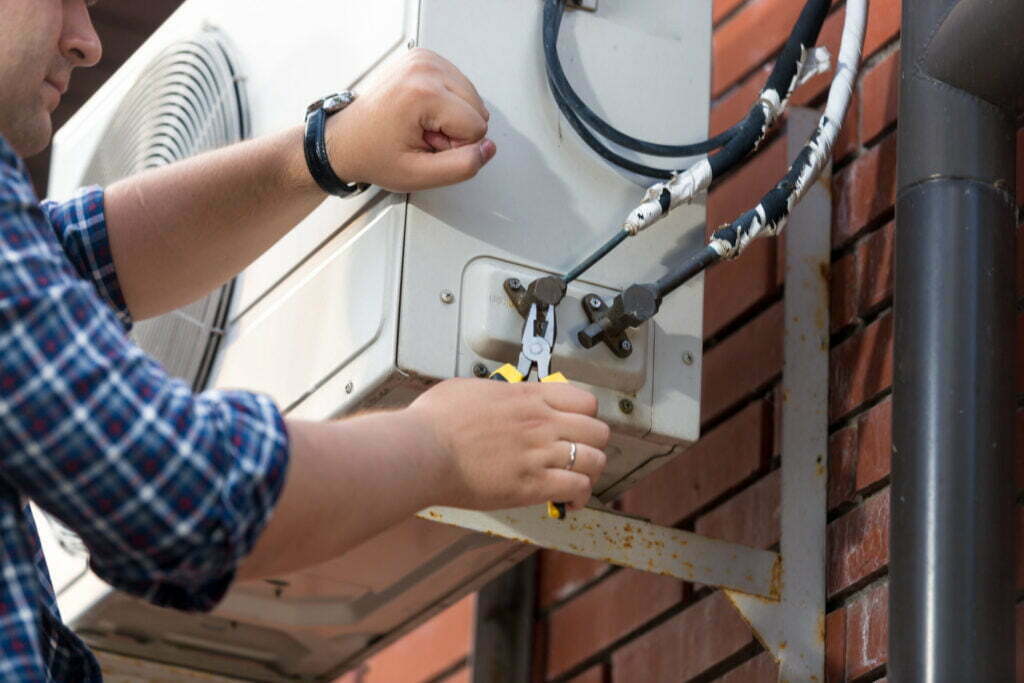It’s important for homeowners to take good care of their HVAC system. Neglecting your HVAC system can lead to a number of expensive problems, including decreased energy efficiency, premature system failure, and even mold growth. Even a well-taken-care-of air conditioner can experience problems or malfunctions occasionally and it’s a good idea to be prepared for them. Finding ice buildup in your air conditioner is one common issue that homeowners have to deal with sometimes, but there are simple ways to address it without breaking the bank. If you’re in need of advice, keep reading to find out what to do when there is ice inside your AC unit.
What should you do when there is ice inside your AC unit?

When there is ice inside AC unit, it is usually an indication that the system has a low refrigerant charge. Refrigerant is crucial for your air conditioner because it transfers heat from one place to another within the air conditioning system. When there isn’t enough of it in circulation, the evaporator coil can freeze up. This means that warm air will not be properly cooled before entering your home or business space as intended. In order to resolve this issue, you’ll first need to determine what was causing the refrigerant levels to be low in the first place.
There could be a leak somewhere along one of the lines connecting components of your AC system which would require professional repair services in order for it to be fixed safely and effectively. If no leak is found then you may simply need more refrigerant added back into circulation so that everything runs smoothly. At this point, an HVAC technician should also take a look at other factors like airflow issues caused by dirty filters or blocked vents, and frozen condenser coils due to debris buildup. Once the cause has been resolved then any remaining ice should thaw out naturally over time.
If you want your system to remain in good condition, then you need to be proactive about regular maintenance. Most HVAC professionals offer annual maintenance plans that include tune-ups, filter changes, and other tasks. Scheduling regular maintenance can keep your system operational and prevent sudden breakdowns.
How else can you maintain your ideal home temperature?

There’s no doubt that your air conditioner is your first line of defense against high temperatures, but there are other things you can do to maintain your ideal climate at home too. For example, you should think about upgrading to a smart thermostat that will give you more precise control over your HVAC system. They can be programmed to automatically adjust the temperature based on your schedule and preferences, which will reduce your energy consumption and save you money. They can even lower your home’s carbon footprint.
The condition of your home could be impacting your indoor environment as well. That is because cracks and crevices in your windows and doors can let in outdoor air, moisture, and pests. These air leaks can have a significant impact on your safety and comfort. That’s why homeowners need to seal any flaws or imperfections that they find with caulk or weatherstripping as soon as possible. If you find that your windows or doors are severely damaged, then you may need to talk to a contractor about professional repair or replacement.
Overall, it is essential to take the necessary precautions when ice starts to form inside an AC unit. Taking the proper steps can help to prevent permanent damage and costly repairs, and ensure that the AC unit will remain in optimal working condition. This isn’t the only thing you can do though, you can further improve your indoor climate by taking other steps like upgrading to a smart thermostat and sealing air leaks in your windows and doors. This can make a noticeable difference. If you follow this advice, you’ll be comfortable at home no matter what the weather is like outside.





